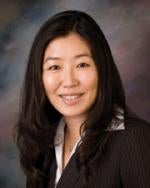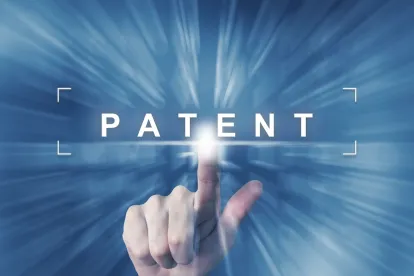Addressing the issue of patent eligibility under §101, the US Court of Appeals for the Federal Circuit reversed a district court, explaining that the method of preparation claims at issue are not directed to a patent-ineligible natural phenomenon. Illumina, Inc. v. Ariosa Diagnostics, Inc., Case No. 19-1419 (Fed. Cir. Mar. 17, 2020) (Lourie, J.) (Reyna, J., dissenting).
The patents at issue are directed to methods of preparing a fraction of cell-free DNA that is enriched in fetal DNA to solve the identified problem of distinguishing and separating the tiny amount of fetal DNA from the vast amount of maternal DNA in the mother’s blood. The solution to this problem was based on the inventors’ discovery that fetal DNA has a relatively small size of approximately 500 base pairs or less, while the majority of maternal DNA has a size greater than approximately 500 base pairs.
Illumina filed suit against Ariosa and Roche alleging infringement of the patents at issue. The district court granted Roche’s motion for summary judgment holding that the asserted claims were invalid under §101 because they were directed to ineligible subject matter, i.e., a natural phenomenon. Illumina appealed.
The Federal Circuit reversed after applying step one of the two-part Alice test. Although it was undisputed that the inventors had discovered a natural phenomenon (i.e., that cell-free fetal DNA tends to be shorter than cell-free maternal DNA in a mother’s bloodstream), the Court explained that the focus of the dispute was whether the asserted claims were “directed to” a law of nature or natural phenomenon, i.e., whether the patents at issue “claimed the discovered natural phenomenon itself versus eligible subject matter that exploited the discovery of the natural phenomenon.” The Court concluded that the claims were not directed to the natural phenomenon but rather, to an exploitation of that natural phenomenon by inventing a method for preparing a mixture enriched in fetal DNA that selectively removed maternal DNA. The Court noted that this was a method of preparation case – not a (patent-ineligible) diagnostic case or a (patent-ineligible) method of treatment case. Because the Court concluded at step one of the Alice test that the claims were not directed to a patent-ineligible concept, it did not reach step two of the Alice test.
Judge Reyna dissented, arguing that the only claimed advance of the patents at issue was the discovery of a natural phenomenon, namely the “surprising” discovery that cell-free fetal DNA tends to be shorter than cell-free maternal DNA in a mother’s blood. Other than this discovery, Judge Reyna stated that nothing else in the specification or record indicated there was anything new or useful about the claimed invention. He argued that the majority sidestepped well-established precedent to avoid a finding that the claims were directed to a natural phenomenon under the step one inquiry by placing this case in a “bucket” reserved for patents that claim “a method of preparation” and not in a “diagnostic case” bucket.
Turning to step two, Reyna explained that the method steps failed to transform the nature of the claims into patent-eligible applications because the three claimed method steps of: (1) extracting DNA, (2) producing a fraction of DNA by size discrimination and (3) analyzing a genetic locus were not new, either alone or in combination. Instead, the claimed method steps adapted commercially available DNA separation techniques to the natural phenomenon.




 />i
/>i
